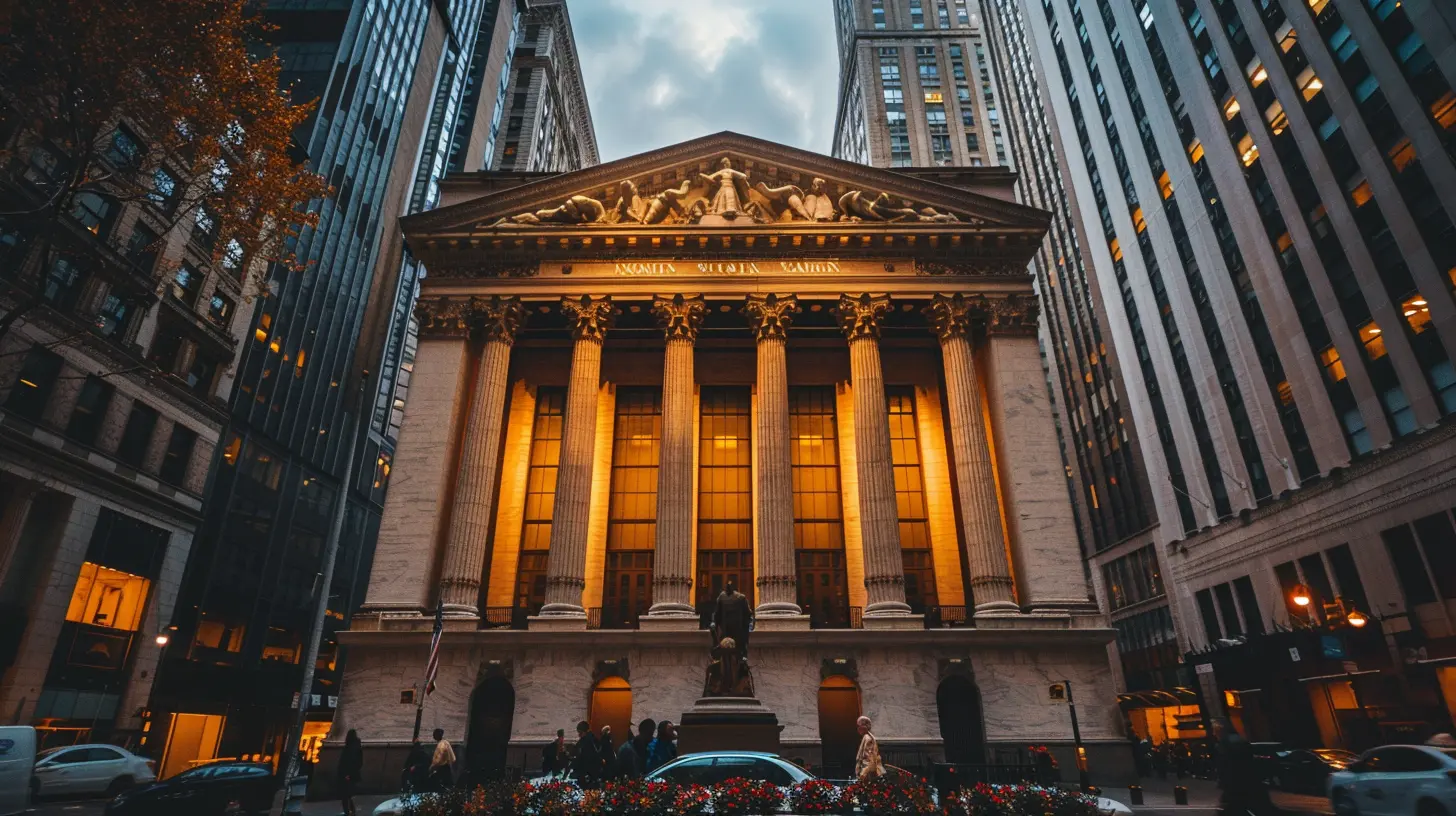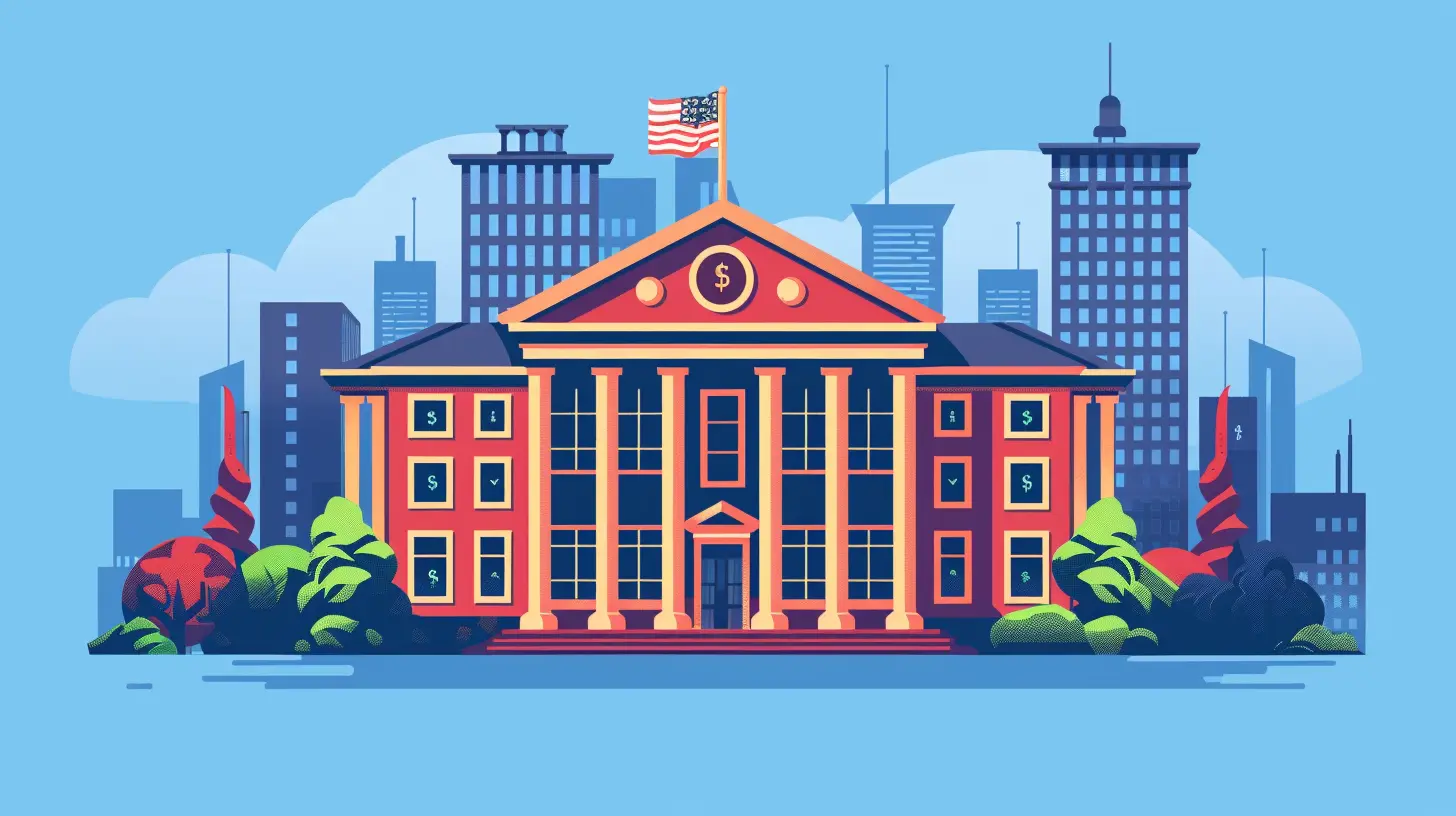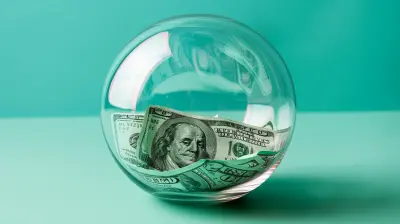Why Interest Rates Are Important for Small Business Owners
24 June 2025
If you’re running a small business—or thinking about launching one—you’ve probably come across the term “interest rates” more times than you can count. It might seem like just another financial buzzword floating around, but trust me, it’s way more than that. Interest rates can have a serious ripple effect on your bottom line, your cash flow, and even your long-term success.
So, let’s break it all down. In simple terms. No fluff. We're diving into why interest rates matter so much, especially for small business owners like you.
What Are Interest Rates, Really?
Let’s start with the basics. An interest rate is the cost of borrowing money—or the reward for saving it—expressed as a percentage.Sounds simple, right? But don’t be fooled by the simplicity.
For businesses, especially small ones, interest rates act kind of like the weather. Just like you’d plan your day around the forecast, you’ve got to plan your business finances around what interest rates are doing at the time. When they rise or fall, they can bring a storm or a sunny day to your financial forecast.
How Interest Rates Impact Small Businesses
Interest rates touch nearly every part of your business operations. Here’s how:1. 📉 The Cost of Borrowing Money
Chances are, you’ve needed—or will need—to borrow money for your business. Maybe it’s a loan to buy new equipment, open a new location, or simply cover a slow season. That’s where interest rates come in.- When interest rates are low, borrowing is cheaper. You pay less over time, which means more cash stays in your pocket.
- When interest rates are high, loans cost more. You end up shelling out more in interest payments, which can eat into your profits fast.
Let’s put it like this: Imagine borrowing money when rates are high is like buying a pizza and getting charged double just for the crust. You're spending more but not really getting more.
2. 💸 Cash Flow and Working Capital
Managing day-to-day expenses like payroll, inventory, and bills? Interest rates can mess with that, too.When rates go up, banks often tighten lending standards. It becomes harder to qualify for short-term financing or credit lines. That could leave you scrambling to pay vendors or keep the lights on during slow months.
On the flip side, low interest rates mean loans and credit are more accessible, giving your working capital a boost just when you need it most.
> Small businesses don’t just run on profits—they run on cash flow. And interest rates are the silent driver behind how smooth (or bumpy) that flow is.
The Ripple Effect: How Interest Rates Influence the Economy
Interest rates aren’t set randomly. Central banks like the Federal Reserve tweak them based on what’s happening in the economy.- If inflation is rising? Rates often go up.
- If the economy’s slowing down? Rates may be cut to encourage spending and investment.
Now you may be asking, "Okay, but what does this have to do with my bakery, consulting firm, or online store?"
Everything.
When rates affect consumers' spending power, it eventually bleeds into your sales. People might cut back on non-essential purchases when borrowing becomes expensive. That weekend spa package or custom cake order? It might not make the cut anymore.
Business Loans and Credit Lines
Let me tell you: if you’re not paying attention to interest rates when shopping for a business loan, you’re leaving money on the table.Fixed vs. Variable Rates
- Fixed-rate loans keep the same interest rate throughout the life of the loan. Great for stability, especially when rates are low.- Variable-rate loans change over time. The rate fluctuates based on market conditions. It could mean lower payments at first but higher payments later.
Choosing wrong here is like choosing between a roller coaster and a train ride. One could save you money, the other might make you lose sleep.
How the Rate Affects Your Loan Terms
Lenders determine your interest rate based on a few things: credit score, business performance, and—yep, you guessed it—current market interest rates.So even if your business is thriving, if interest rates are up across the board, your loan's gonna cost more. Timing is everything.
Pricing Your Products and Services
Here’s one that flies under the radar: interest rates can impact your pricing strategy.Higher interest rates mean higher costs. And higher costs? They trickle down.
You might need to raise prices just to maintain your profit margin. But be careful—raise them too much and you might lose customers who are already tightening their wallets.
It becomes a balancing act. Kind of like juggling knives while riding a unicycle. Don’t worry—we’ve all been there.
Planning for Growth
Thinking of expanding your business? Maybe opening a new location, hiring more staff, or investing in better technology?Big plans usually require big funds. And if the interest rates are high, now might not be the best time to dive in. Why?
Because when borrowing costs more, the return on investment has to be greater just to break even. Expanding in a high-rate climate is like swimming upstream. It’s possible, but man, it’s tough.
On the other hand, a low-interest environment could be your golden ticket to level up your business without breaking the bank.
Startup and Early-Stage Businesses Face Bigger Challenges
If you’re just getting started, interest rates can feel especially intimidating.New businesses often have less access to capital, smaller cash reserves, and zero cushion for absorbing high loan payments. Even a 1% increase in interest can make a huge difference in your monthly payment.
And let’s not forget: Investors may also become more risk-averse when rates are high. That means fewer funding opportunities and tighter purse strings across the board.
> In short? Timing your business launch with favorable interest rates can give you a head start instead of starting from behind.
Real-World Example to Bring It Home
Let’s say you’re opening a coffee shop and need a $100,000 loan. You compare two different interest rate environments:- At 5% interest over 7 years: Monthly payment is around $1,408.
- At 9% interest over 7 years: Monthly payment jumps to about $1,596.
That’s an almost $200 difference per month. Over seven years? You're paying over $15,000 more in interest. That’s money that could’ve gone to better espresso machines, hiring help, or more cozy chairs for your customers.
Strategies to Protect Your Business
You can’t control interest rates, but you can control how your business responds to them. Here's how:1. Keep an Eye on the Economy
Subscribe to a finance newsletter. Check the Fed’s interest rate decisions every quarter. A little awareness goes a long way.2. Lock In Rates When They’re Low
Got a loan offer with a low rate? Lock it in. Waiting might cost you.3. Maintain a Strong Credit Profile
Better credit = better loan terms. Pay bills on time, reduce debt, and keep your credit utilization low.4. Build an Emergency Fund
A cash cushion helps you avoid borrowing in a high-rate environment. It’s your financial umbrella.5. Diversify Revenue Streams
If one product or service takes a hit due to economic shifts, having backups can keep your cash flow steady.Final Thoughts: Don’t Underestimate the Power of Interest Rates
Interest rates might not be the most exciting topic in the world of business, but they’re definitely one of the most important. They influence everything from your loan payments to your pricing, and from your growth plans to customer spending behaviors.Understanding interest rates isn’t about becoming an economist—it’s about protecting your business, making smarter decisions, and ultimately, setting yourself up for long-term success.
So next time you see a headline about the Fed raising or cutting rates, don’t scroll past it. Take a minute. Think about how it might affect your business. Maybe even give your banker a call. Trust me, Future You will be glad you did.
all images in this post were generated using AI tools
Category:
Interest RatesAuthor:

Zavier Larsen
Discussion
rate this article
2 comments
Max Snyder
Great insights on interest rates' impact!
October 27, 2025 at 4:10 AM

Zavier Larsen
Thank you! I'm glad you found the insights helpful!
Shania McFadden
Understanding interest rates is essential for small business owners. They can unlock growth opportunities and fuel innovation. Stay informed and leverage this knowledge to elevate your business to new heights!
July 8, 2025 at 3:38 AM

Zavier Larsen
Thank you for your insightful comment! Understanding interest rates indeed empowers small business owners to make informed decisions and seize growth opportunities.


